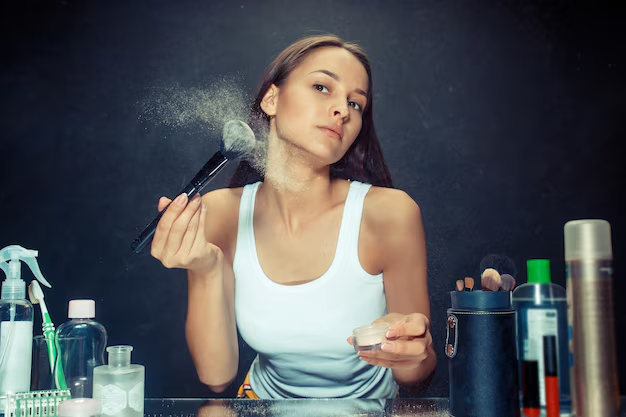As simple as it sounds, making beauty at home is quite fun besides being a potent way to use your natural ingredient for your skin. This is what gets you the gist of doing cosmetics at home. These ten-tips have been reduced as we move you on in the right line to embracing such sustainable and individual beauty practices.
1. Know your skin type
Before you are into the process of deciding to make your cosmetics at home, you are supposed to know what kind of skin you are working with: oily, dry, and sensitive skin-or any other combination-should guide you into knowing what not to add in and what things to avoid causing irritation on the skin. For example, if he or she has oily skin, then the individual will need some ingredients, such as kaolin clay, while if a person has dry skin, then his or her concentration should be on hydrating elements like shea butter or coconut oil.
2. Good Quality Ingredients
Always use pure natural ingredients for making your own beauty products. Organic oils, cosmetic-grade pigments, food-grade powders, the list goes on forever, but definitely avoid synthetic additives and fragrances that tend to cause irritation.
3. Use Simple Tips
The novices who start in the arena of DIY makeup should start out with simple recipes first. Such as,
Lip Balm-Mix beeswax coconut oil, and a few drops of some essential oil.
Loose Face Powder: Swoosh in the blend of cornstarch, cocoa powder and dust of cinnamon powder.
These are not all too hard to mix up. Plus, it just uses the least possible ingredients possible. So quite fabulous for those beginning.
4. Sanitize utensils and jars
Hygiene: Most of the DIY beauty products require hygiene in them. Sterilize tools and containers that would prevent bacteria from contaminating. Clean them with soap and water, then sanitize with rubbing alcohol before use.
5. Natural Colorants
Use the following ingredients as a coloring ingredient in your makeup:
Beetroot powder for pink and red colors.
Activated charcoal to create black eyeliner or mascara.
Turmeric for warm golden coloring.
Add colour in such an amount that suits your desired color.
6. Check for Allergy
Before using any home-made product do a patch test. Apply it inside your wrist or behind your ear, and wait 24 hours. If redness, itching, or irritation develops then avoid using that formula.
7. Use Essential Oils Wisely
It comes along with adding the scented or due to your homemade makeup, the fragrant effects that are associated with having skin benefits because of the application of essential oils in your home-made makeup. Avoid over its usage. An example is on lavender; its effect soothes and makes one feel more relaxed. Again, it’s antibacterial as well, that is with using tea tree oil. Only use this amount: 1-2% of the total mixture so it will not cause hypersensitivity on your skin.
8. Store your products properly

Homemade cosmetics products don’t have preservatives, so they need to be stored properly. Place them in tight airtight containers. Keep it in a room that is very cold and dark. At times for more usage, if you have some product like mascara and liquid foundation, you may need it to be refrigerated inside. Actually, store them in the fridge.
9. Your DIY Journal
Do this: Note all the experiments you carry out in your DIY journal. Recipe, ingredient ratios, and what you noted; this will assist you as you go for better formulations as well as enhanced results.
10. Community
Connect to like-minded DIY fanatics to understand, share suggestions, and intercrop recipes. Through online forums, through workshops, as well as other great blogging tools, you are guaranteed to get on just fine.
Some FAQs About DIY Makeup
Q1: Homemade products last long. How long does it really use for?
A: Products depends on what had been formulated into it as most make-up products takes 1-3 months and ingredients plus the proper storing and handling before losing all their characteristics and products that were not preservatives need to have speedy usage
Q2: Do I put my self on all kitchen cosmetics made out from above products?
A: Totally: either cornstarch or cocoa, universally used stables in production kitchen or coconut oil commonly used as additive, which would be new freshness at shelf.
Q3: Should I add preservative for cosmetic?

A: There are some natural preservatives such as vitamin E and rosemary extract; however the finished cosmetics wouldn’t benefit any longer shelf life due to these preservatives.
Q4: How and where can I get everything I will need to make cosmetics from my kitchen?
A: To give a few, products may be located on the internet, at health food shops, and through specialist beauty service houses.
Creating your own makeup is an effective method of taking responsibility of what you apply to on your body. With some creativity and these tips, you can start designing personalized better cosmetics rapidly.
Ready to start your DIY beauty journey? Let’s make it happen!










Leave a Reply